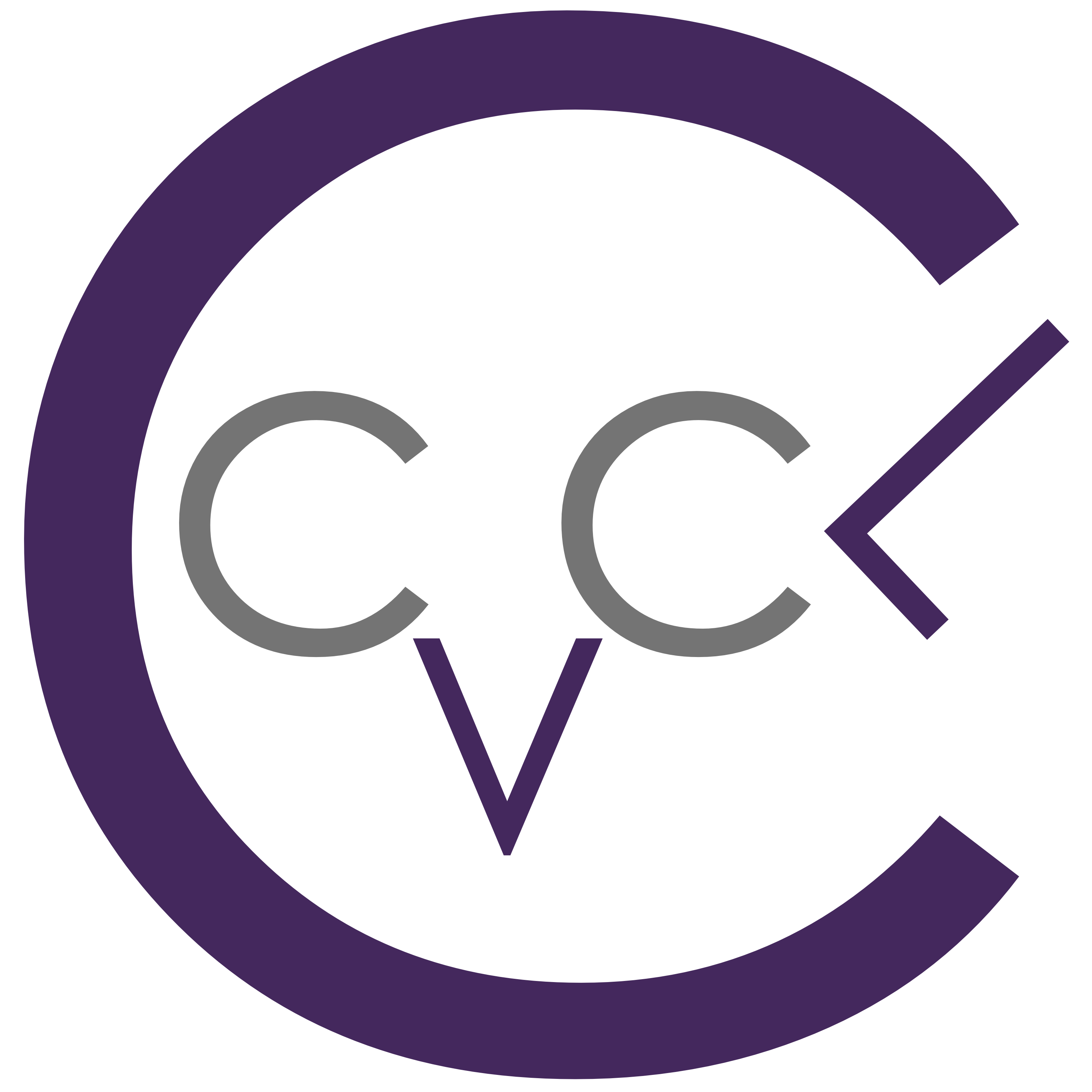Computer Vision and Image Processing – Spring 2021
- Instructor: Professor Zhigang Zhu
- The CUNY Graduate Center and City College
- Course Codes: CSC 74030-1 (63185) and CNS 80300-1 (59866) Computer Vision and Image Processing
- Time and Location: Wednesday 9:30 – 11:30 am, The CUNY Graduate Center (Class Zoom Link)
- Office Hours: Wednesday 11:30am – 12:30 pm (GC); 4:00 pm – 5:00 pm (CCNY) [Office Hours Zoom Link].
Course Update Information
- 02/03/2021. The first day of this class.
- 02/10/2021. If you want to start to think about it earlier, here are some Project Ideas and Requirements. The user name and password have been announced in class.
- 03/07/2021. Grading for Assignment 1.
- 04/06/2021. Grading for Assignments 1-2 and Bonus.
- 04/07/2021. The links of the recorded lectures on stereo and vision are sent (and resent) to your cuny email accounts.
- 04/20/2021. Grading for Assignments 1-3, Proposal and Bonus.
- 04/22/2021. Grading for the Exam. We will discuss the exam questions in class on 04/28/2021.
- 05/09/2021. Grading for Assignments 1-3, Exam, Proposal and Bonus (updated).
- 05/12/2021. Grading for Assignments 1-3, Exam, Proposal, Bonus and Project Presentation. The final project report is due on May 16 (Sunday), 2021.
- 05/25/2021. Final Grading will be posted on CUNYFirst on 05/27/2021 (Thursday). Have a great summer break!
Course Objectives
This course will cover the fundamental work on color, shapes, stereo and visual motion, which has dealt with the problems of image understanding, 3D reconstruction from multiple images, and structure from motion with video sequences. In addition to these traditional problems, we will also showcase a few examples of machine learning approaches that have been successful in computer vision tasks, such as facial computing and crowd analysis using CNNs, DBNs, LSTMs and GANs . Moreover, the best successful vision system that computer vision researchers can learn from is the human vision system. Therefore this course will briefly discuss human vision science and explore how the brain sees the world too.
Course Syllabus and Tentative Schedule (mm/dd)
(Spring 2021 academic calendar)
Part I. Introduction and Human Vision
- I-1. Human and Machine Vision (slides); Human Eyes (slides) – 02/03
- I-2. Visual Brain (slides) -02/10
- I-3. Depth (slides) -02/17 (Assignment 1 on I-1, I-3 and I-4)
- I-4. Color (slides) -02/17
Part II. 3D Computer Vision
- II-1. Camera Models (slides) (lecture notes) (Assignment 2 on II-1 and II-2) -02/24
- II-2. Camera Calibration (slides) (lecture notes) -03/03
- II-3. Stereo Vision (slides) (lecture notes ) (Assignment 3 on II-3 and II-4), Project Ideas and Requirements – 03/10, 03/17
- II-4. Visual Motion – (slides) (lecture notes); Exam Quick Review – 03/24, 04/07 (Spring Recess: 03/27-04/04)
Part III. Advanced Topics and Project Presentations
- III-1. Deep neural networks I: (1) From Linear Regression to CNN, RNN and LSTM; (2) Facial Computing 04/14
- Mid-Term Exam in Class – 04/21
- III-2. Deep neural networks II: Multimodal classification with SVM, DBN and CNN – 04/28
- III-3. Deep neural networks III: Self-Supervised Learning, GANs, Regression, and Crowd Analysis – 05/05
- III-4. All Student Project Presentations – 05/12; Project Reports by the end of 05/16 (Sunday).
Textbook and References
Main Textbook:
- Computer Vision, In the form of Lecture Notes and Slides; will be provided by the instructor
- Vision and Brain – How We Perceive the World, By James V. Stone, The MIT Press. Paperback | $30.00 | ISBN: 9780262517737 | 264 pp. | 6 x 9 in | 25 color illus., 132 b&w illus.| September 2012 (For students with little experience in vision and neuroscience to know human vision, brain and computational neuroscience)
Supplements:
Online References and additional readings when necessary.
Grading and Prerequisites
The course will accommodate both PhD students in Computer Science and master level graduate students in Data Science and Cognitive Neuroscience at the CUNY Graduate Center. Students who take the course for credits will be required to finish 3 assignments (15% for each), one midterm exam (30%), and one programming project (25%, including submit a report (10%) and give a presentation (15%) to the class at the end of the semester). The topics of the projects will be given in the middle of the semester and will be related to the material presented in the lectures.
For the assignments and the projects, students may discuss ideas together. But since each student get credits for his or her submissions, all actual program code and written answers must be done individually by each student, and must not be shared. The midterm exam will be a close-book exam. You will need to clear state that you will neither give nor receive unauthorized assistance on this exam.
We fully support CUNY’s policy on Academic Honesty, which states, in part:
Academic dishonesty is unacceptable and will not be tolerated. Cheating, forgery, plagiarism, and collusion in dishonest acts undermine the CUNY’s educational mission and the students’ personal and intellectual growth. Students are expected to bear individual responsibility for their work, to learn the rules and definitions that underlie the practice of academic integrity, and to uphold its ideals. Ignorance of the rules is not an acceptable excuse for disobeying them. Any student who attempts to compromise or devalue the academic process will be sanctioned.
Academic sanctions in this class will range from an F on an assignment to an F in this course.
Students are required to have a good preparation in both mathematics (linear algebra/numerical analysis) and advanced programming.
